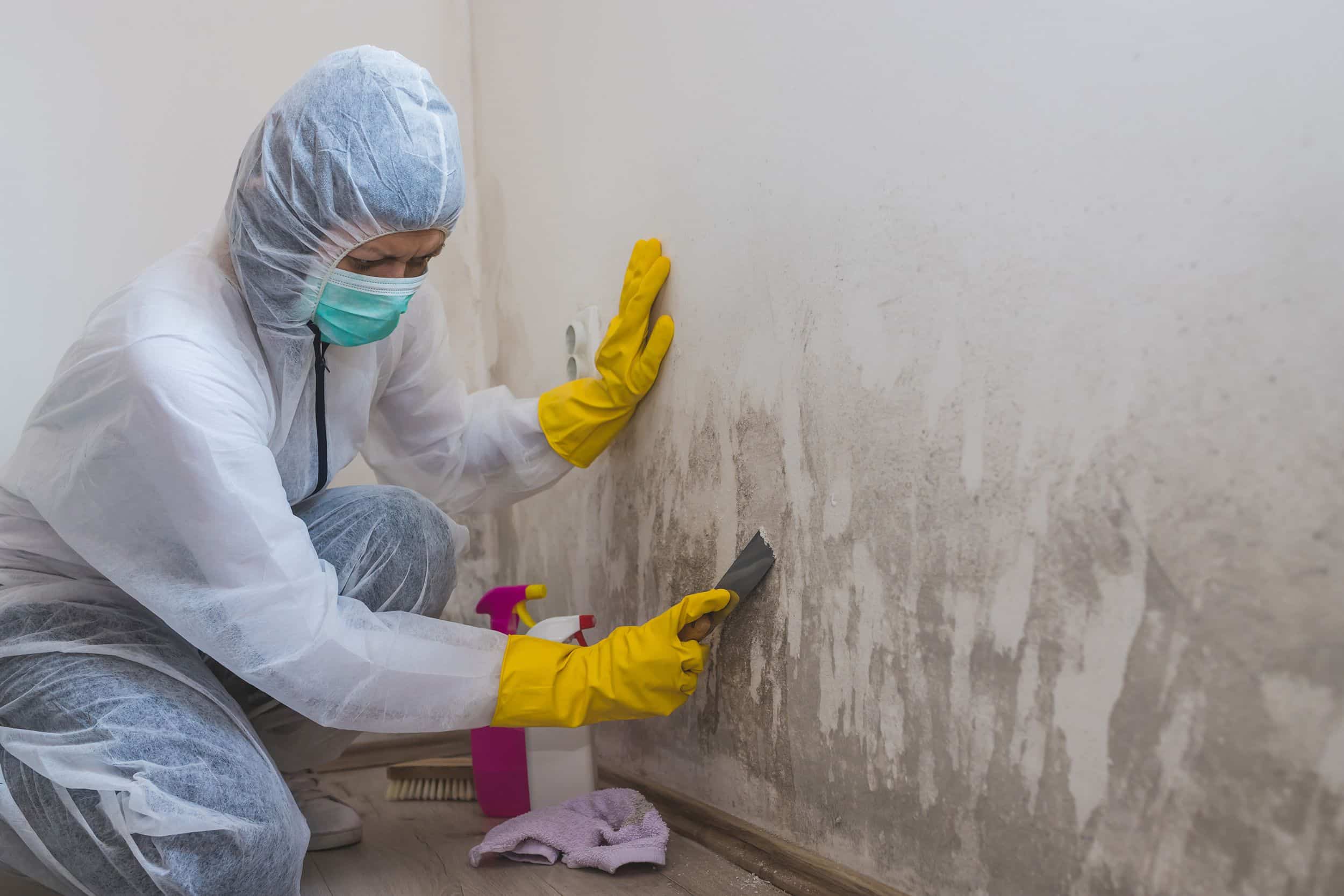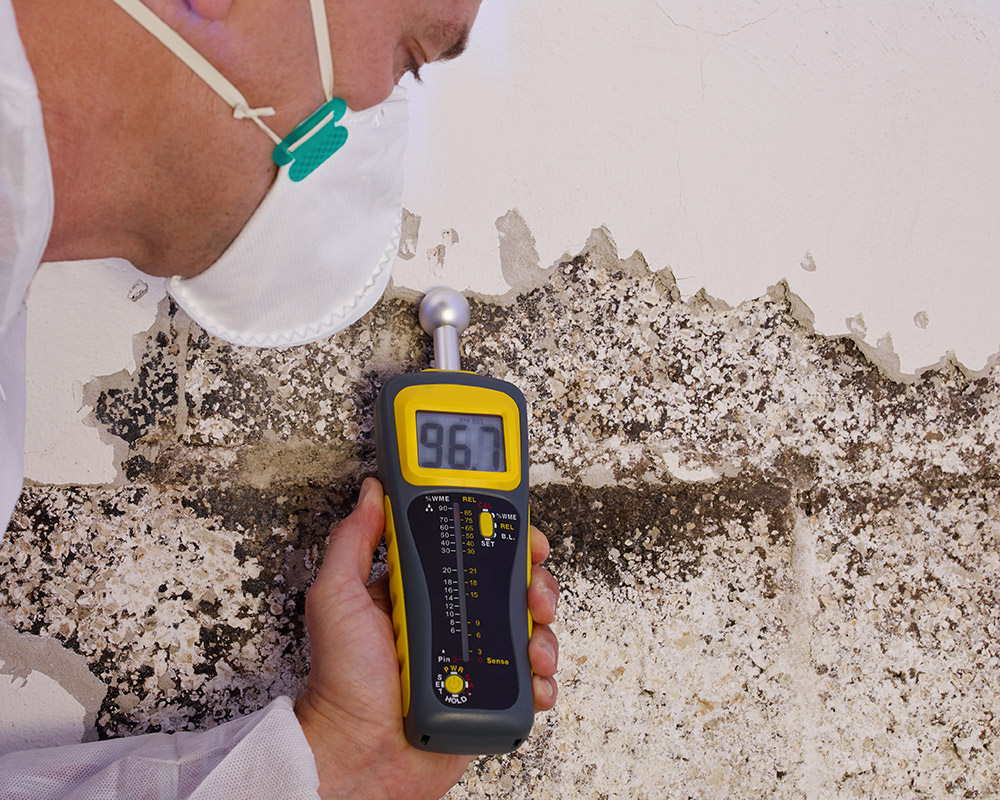Accessing Local Post Remediation Mold Testing Near Me
Wiki Article
Effective Post Mold And Mildew Remediation Solutions for Your Home
Mold growth in homes can be a persistent issue, usually calling for an organized technique for efficient post-remediation options. From understanding the aspects that contribute to mold and mildew development to executing appropriate cleansing methods and wetness control steps, the procedure can be detailed yet critical for keeping a healthy living atmosphere. Post Mold Remediation.Comprehending Mold And Mildew Growth Elements
Mold and mildew development is influenced by a range of variables that are essential to comprehend in order to properly address and prevent its expansion. Recognizing these factors is vital in applying effective mold remediation methods. The key factor contributing to mold and mildew growth is wetness. Mold and mildew spores call for moisture to germinate and prosper, making humid or damp atmospheres extremely prone to mold and mildew infestations. Poor ventilation can likewise lead to moisture build-up, producing an excellent breeding place for mold.
Furthermore, airflow and light exposure can affect mold development. Areas that do not have appropriate air flow and natural light are more susceptible to mold growth. By attending to these aspects comprehensively, people can effectively alleviate mold and mildew development and safeguard their living environments.
Appropriate Mold Cleansing Techniques
Using reliable cleansing approaches is essential in preventing the recurrence and addressing of mold and mildew contamination in interior atmospheres. The very first action in proper mold cleansing is to include the damaged location to prevent the spread of spores to uncontaminated locations.
Carrying Out Moisture Control Steps
To successfully stop mold and mildew development and contamination in indoor environments, executing dampness control actions is paramount. Moisture is the main aspect that gas mold development, making it vital to take care of moisture degrees within the home. One effective measure is to use dehumidifiers to maintain indoor humidity levels below 60%. In addition, guaranteeing appropriate air flow in locations prone to moisture build-up, such as kitchens and restrooms, can assist minimize the danger of mold and mildew development. Frequently checking and repairing any leaks in plumbing, roofing systems, or home windows is likewise crucial in protecting against excess wetness buildup. Making use of exhaust followers while food preparation or bathing, and enabling air flow by keeping furnishings a little away from walls can assist in dampness control. In addition, using moisture-resistant materials in high-humidity locations, such as mold-resistant drywall and paints, can be valuable. By carefully executing these moisture control actions, house owners can efficiently reduce the chance of mold recontamination and maintain a healthy and balanced indoor setting.Making Use Of Natural Removal Solutions
After effectively executing wetness control steps to avoid mold and mildew growth in interior environments, home owners can now explore the performance of all-natural removal solutions in keeping a healthy living space. Natural removal options utilize eco-friendly methods to mold removal yourself fight mold and mildew and mold, making them a preferred selection for those looking for non-toxic alternatives. One such service is utilizing vinegar, a natural antimicrobial representative, to clean and disinfect surfaces infected by mold. Just water down vinegar with water and spray it onto the affected locations, permitting it to rest for a few hours before wiping clean. Furthermore, tea tree oil, known for its antifungal properties, can be mixed with water and sprayed onto mold-infested surfaces to inhibit further development. An additional all-natural alternative is hydrogen peroxide, which can properly eliminate mold and mildew on different surfaces without leaving damaging residues behind. By integrating these natural removal solutions into their cleaning routines, home owners can efficiently fight mold and mildew development while advertising a healthier indoor setting for themselves and their family members.
Maintaining a Mold-Free Setting
In order to avoid mold recurrence and guarantee a continually mold-free atmosphere, it is crucial for home owners to apply positive maintenance techniques. On a regular basis examining locations susceptible to mold and mildew growth, such as restrooms, attics, cellars, and cooking areas, is crucial. Addressing any leaks, water damages, or excess moisture immediately can considerably minimize the risk of mold growth. Post Remediation verification. Appropriate ventilation in areas with high moisture levels is also essential to stop mold and mildew growth. Using dehumidifiers or exhaust fans can assist preserve optimum dampness levels and inhibit mold spores from flourishing.Furthermore, maintaining cleanliness in the home is essential for mold and mildew prevention. Routinely cleaning and cleaning surface areas, carpetings, and upholstery can assist remove mold spores see this website prior to they have a chance to resolve and increase. Utilizing mold-resistant products for construction products and home furnishings can even more aid in creating a mold-free atmosphere. Finally, keeping indoor plants in check and making sure appropriate drain in outdoor landscape design can reduce wetness build-up, minimizing the chance of mold invasions. By adhering to these positive maintenance practices, property owners can effectively support a mold-free home.
Conclusion
To conclude, it is necessary to address mold and mildew growth aspects, use proper cleaning strategies, carry out moisture control measures, utilize natural removal solutions, Related Site and preserve a mold-free atmosphere in order to properly take care of blog post mold remediation in your house - testing air quality after mold remediation. By complying with these methods, you can prevent mold from repeating and guarantee a healthy and balanced living environment for you and your household
The primary element adding to mold growth is dampness. Mold and mildew spores need dampness to germinate and prosper, making wet or humid environments very vulnerable to mold and mildew problems.To efficiently protect against mold and mildew growth and contamination in interior environments, carrying out moisture control actions is critical. Additionally, making sure correct air flow in locations vulnerable to moisture buildup, such as washrooms and kitchens, can assist lower the risk of mold and mildew development.After efficiently implementing moisture control measures to protect against mold and mildew growth in indoor settings, house owners can currently check out the effectiveness of natural remediation options in maintaining a healthy and balanced living space.
Report this wiki page